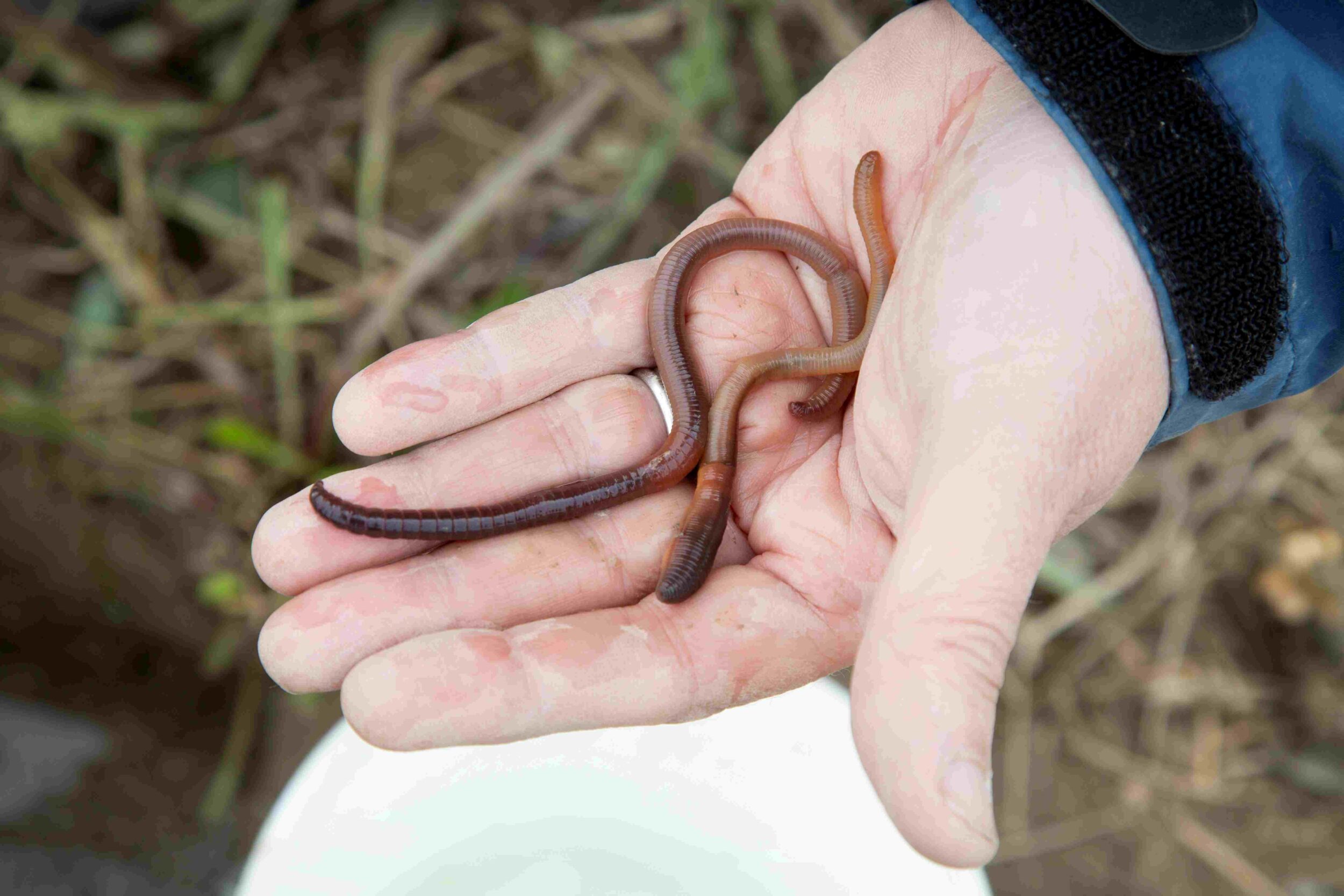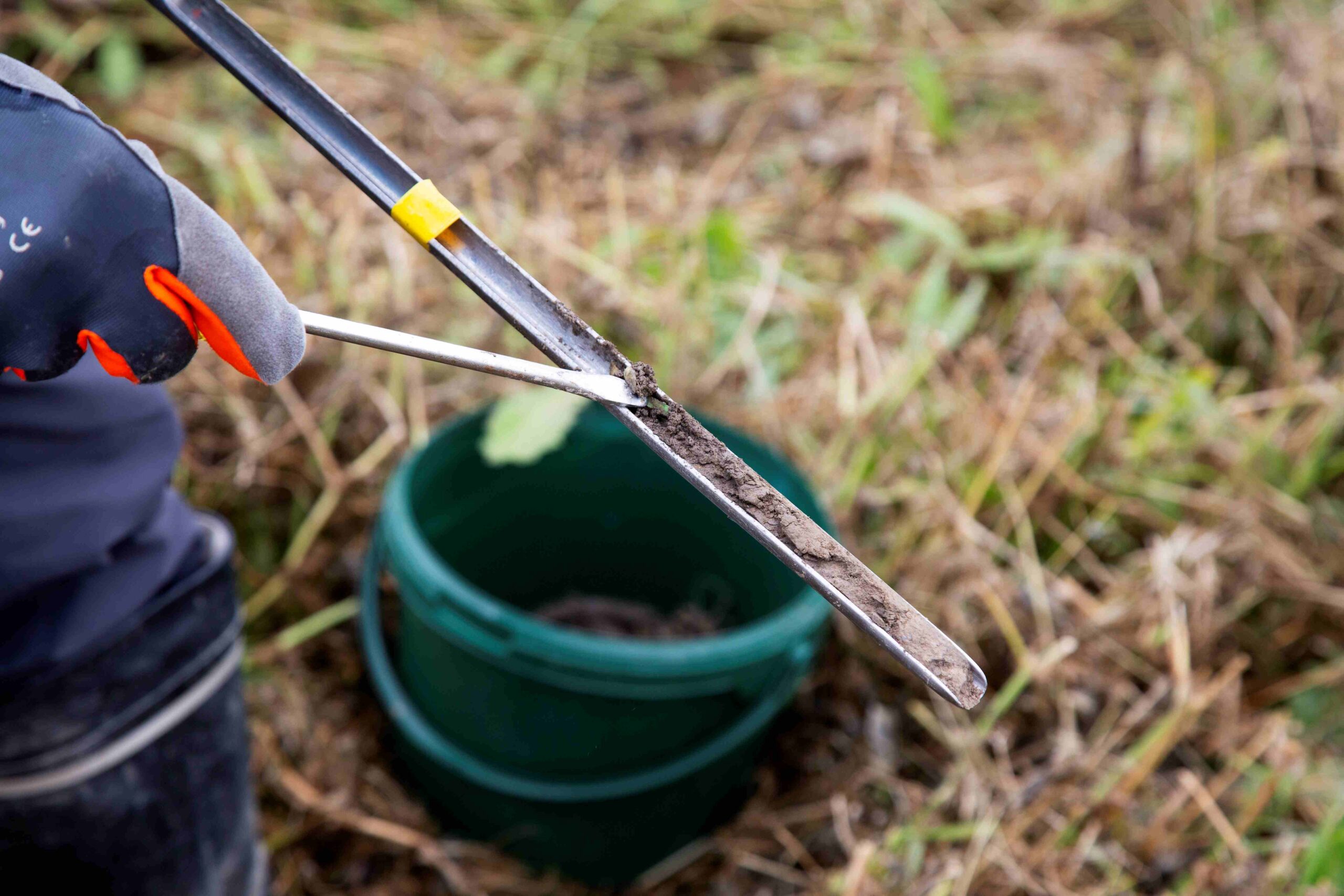Editor Marjo Hokka, photos Hanna Koikkalainen
The occurrence and concentration of pesticide residues in wheat fields across nine different European pedoclimatic zones were studied as part of the European project SoildiverAgro. All together 188 soil samples from wheat fields across Europe were analyzed. In each pedoclimatic zone, an average of 20 wheat plots were selected for sampling (10 from conventional farming and 10 from organic farming). In all studied samples, an initial list of 614 pesticides was analyzed based on the active substances most often applied to crops, according to the EU Pesticides Database (v3.2). The ecological risk assessment was conducted for the 20 most frequently detected pesticide.
At least one substance was detected in 75% of analyzed fields, regardless of region or farming system. At least two or more pesticides were detected in 88 % of conventionally managed fields and in 63% of organically managed fields. The most frequently detected pesticide in both farming systems were fungicides and secondly herbicides. Of the detected residues, thirty-one were banned pesticides and their metabolites, while 44 authorized pesticides were detected.
| Pesticide classification | Number of analyzed pesticides | Number of detected pesticides |
| insecticide | 223 | 15 |
| fungicide | 136 | 31 |
| herbicide | 169 | 21 |
| degradation compounds | 71 | 10 |
| plant growth regulator | 8 | |
| nematicide | 2 | |
| rodenticide | 1 | |
| bird repellent | 1 | 1 |
| unclassified substance | 3 |
Pesticide residues detected in soil
A total of 73 different residues were detected in conventionally managed fields, while 35 were detected in organically managed fields. Of all the residues found in organically managed fields, only one was allowed for organic farming. The presence of pesticides was significantly higher in both number and concentration in conventional fields compared to organically managed sites. On average two residues were detected in organic fields and 4.5 residues in conventional fields in the Boreal zone (Finland).
Probability to detect at least one residue in soil sample in conventional fields was 99% of the sampled fields, while in organic fields at least one residue was detected in 53.6% of the sampled fields. The presence of pesticides was significantly higher in both number and concentration in conventional fields (up to 0.98 mg kg-1) compared to organically managed sites (up to 0.40 mg kg-1). The average concentration in conventional fields was only 0.14 mg kg-1 and 0.015 mg kg-1 in organic fields in Boreal zone (Finland). Whereas, three times higher and the highest average concentrations were detected in Continental zone (Germany) 0.46 mg kg-1 in conventional wheat fields than in Boreal zone.
High persistence in soils
Fenbutatin oxide (insecticide banned in EU 2015) was the most frequently detected pesticide in both farming systems, followed by AMPA, which is a metabolite of herbicide glyphosate. Both residues were also detected in organic fields; fenbutatin oxide in 25% and AMPA in 19% of fields. Fungicide boskalid and herbicide glyphosate together with AMPA were the most frequent residues detected in Boreal zone. AMPA alone was detected in almost all organic wheat field samples across Europe.
The most frequent substances, such as boscalid, epoxiconazole, diflufenican, tebuconazole, dinoterb, bixafen, and DEET, were found in ≥ 10% of samples. These are the most frequently detected pesticides in agricultural soils worldwide. Some Persistent Organic Pollutants (POPs), including dieldrin, endosulfan sulphate, and chlorpyrifos, were also detected. POPs accumulate particularly in the organisms at the top of food chains and travel far from their original sources of emissions, moving particularly towards polar regions and are therefore extremely problematic residues.
The study highlight that pesticides are ubiquitous in agricultural fields and may impact soil health, leading to a loss of ecosystem services and, ultimately, posing potential risks to human and ecological health. In addition, authorized and banned pesticides appeared in both farming management systems, including long-term (20-30 years) organically managed fields that may retain pesticide residues from previous conventional management or by pesticide drift by nearby fields. This highlights the persistence of these compounds and their easy transfer between different environmental compartments, which enables them to be incorporated into the food chain, posing potential risks to human and ecological health. The potential transfer from soil to soil organisms and to water bodies should also be assessed.

As expected, the ecological risks were higher in conventionally managed fields, with 46% exhibiting high-risk levels. Epoxiconazole and boscalid were the substances with the highest risk levels. However, in organically managed fields, a high-risk level was only observed for the fungicide epoxiconazole with 1% of organically managed fields exhibiting a high-risk level. No high-risk levels were detected in any of the Boreal zone samples. It should be noted that the pesticides that posed a higher ecological risk were fungicides or insecticides, while herbicides such as glyphosate and AMPA presented only a low-level of risk, although both glyphosate and AMPA were among the most detected pesticides. AMPA present a very high persistence in soils, persisting 30 times longer under cold and dry conditions than under warm and moist conditions.
Original article includes supplementary material on 614 pesticides and the crop rotation information on sample sites.
